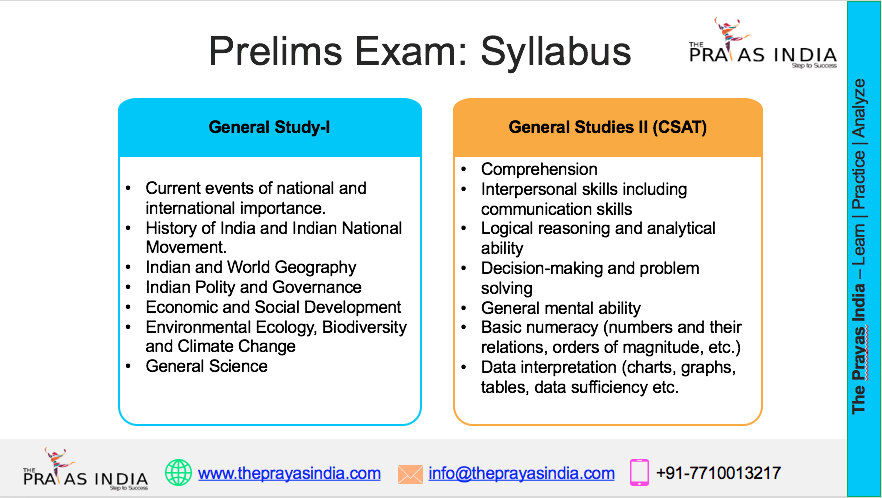Global Peace Index 2025: India’s Rank and Global Context
Introduction
The Global Peace Index (GPI) 2025, released by the Institute for Economics and Peace (IEP), paints a concerning picture of global stability. Covering 163 countries and 99.7% of the world’s population, the GPI evaluates peace using 23 indicators across three domains: safety and security, ongoing conflict, and militarisation.
This year’s report shows peace at its lowest point in 18 years, with increasing conflicts, polarisation, and geopolitical instability. For UPSC aspirants, understanding these findings is crucial to analyzing India’s security challenges, foreign policy priorities, and governance issues.
Global Trends in Peace 2025
- Global peace has deteriorated sharply, driven by conflicts and militarisation.
- There are 59 state-based conflicts, the highest since World War II.
- In 2024, conflict-related deaths crossed 152,000 worldwide.
- The economic impact of violence reached $19.97 trillion, equivalent to 11.6% of global GDP.
- South Asia recorded the largest regional decline in peacefulness, while Western and Central Europe remain the most peaceful regions.
This phenomenon has been described as the “Great Fragmentation”, reflecting weakening global cooperation and rising internal divides.
Most Peaceful Countries in 2025
Despite the global decline, some countries remain highly peaceful due to strong institutions, social trust, and neutral diplomacy:
- Iceland – Most peaceful country for the 18th consecutive year
- Ireland
- New Zealand
- Austria
- Switzerland
Other nations in the Top 10 include Singapore, Portugal, Denmark, Slovenia, and Finland. These nations are characterised by low crime, limited militarisation, and stable governance systems.
India’s Rank and Performance
- India ranks 115th out of 163 nations in the Global Peace Index 2025.
- This marks a gradual improvement: 116th in 2024, 126th in 2023, and 141st in 2019.
- India fares better than its regional neighbours: Bangladesh (123rd), Pakistan (144th), and Afghanistan (158th).
Despite progress, India’s ranking remains low due to challenges such as:
- Internal security threats: Naxalism, insurgency, and communal tensions.
- Border conflicts: Longstanding disputes with Pakistan and China.
- Urban violence and social unrest in certain regions.
Relevance for UPSC
The GPI 2025 provides insights for key areas of the UPSC syllabus:
- GS Paper II (Polity & Governance): Role of governance in ensuring peace, SDG 16 (Peace, Justice & Strong Institutions).
- GS Paper III (Security): Internal security challenges, cross-border terrorism, cyber security, and military expenditure.
- Essay & Ethics Papers: Peace, justice, and international cooperation as moral and policy imperatives.
For aspirants, India’s moderate progress but persistent challenges underline the importance of conflict resolution, inclusive growth, and strong institutions.
Conclusion
The Global Peace Index 2025 highlights a world marked by rising conflicts and declining peace. While India has improved its ranking, it still faces significant internal and external challenges that require strategic policy action.
For UPSC aspirants, the report is not just a ranking but a valuable resource to understand India’s security, governance, and foreign policy challenges in the broader global context.




![Prayas-तेजस [UPSC CSE Sociology Optional] – Online & Offline](https://theprayasindia.com/wp-content/uploads/2025/09/Prayas-तेजस-UPSC-CSE-Optional-Subject-The-Prayas-India-300x300.png)
![Prayas-सूत्र [UPSC CSE Materials (Hardcopy)]](https://theprayasindia.com/wp-content/uploads/2025/09/Prayas-सूत्र-UPSC-CSE-Study-Materials-Hardcopy-The-Prayas-India-300x300.png)
![Prayas-मंत्रा [UPSC CSE CSAT]](https://theprayasindia.com/wp-content/uploads/2025/09/Prayas-मंत्रा-UPSC-CSE-CSAT-The-Prayas-India-300x300.png)
![Prayas सारथी [UPSC CSE One on One Mentorship]](https://theprayasindia.com/wp-content/uploads/2025/09/Prayas-सारथी-UPSC-CSE-One-on-One-Mentorship-The-Prayas-India-300x300.png)










